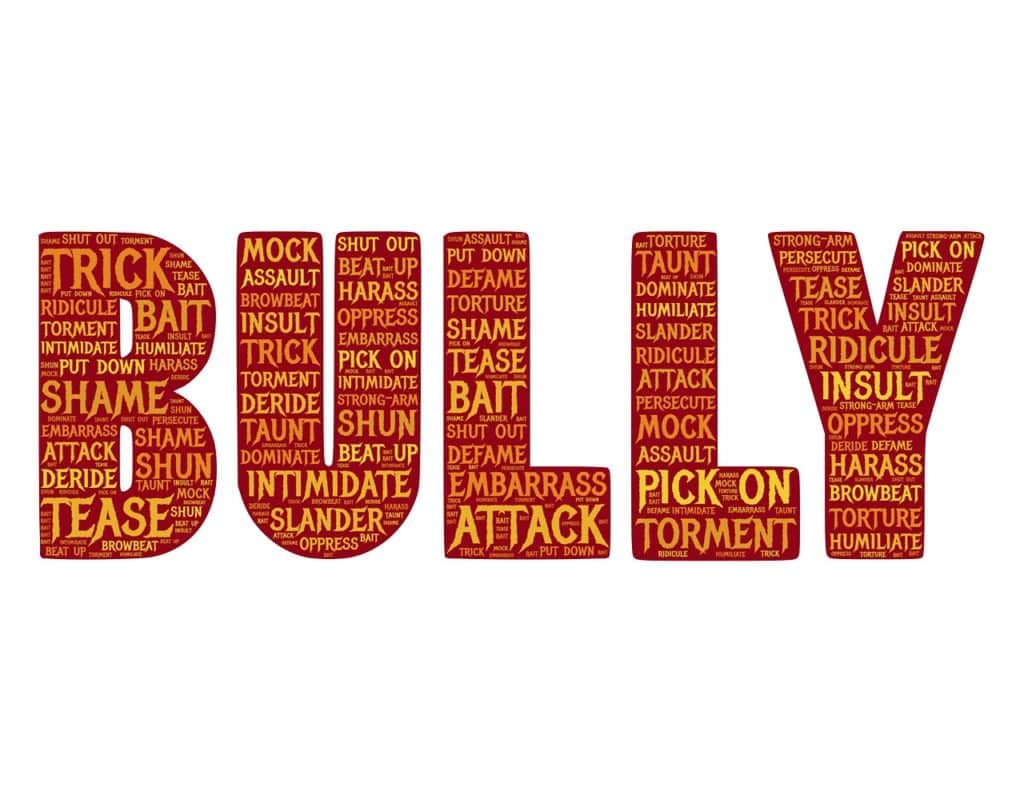
Image by John Cain via pixabay
“That’s an idiotic comment,” said Ben. That sort of rudeness was typical for Ben when responding to one of his discussion partners. He made a habit of demeaning his classmates’ comments. He was also prone to making exaggerated statements, most of them with no factual support and simply reflecting his personal biases.
His team was fed up and turned to the instructor, Dr. Asbury for guidance. “You guys are taking a course on the Civil Rights movement. How would those who practiced civil disobedience handle a case like this?”
“Well one thing we should not do is give him the satisfaction of giving in to his bullying,” said one student.
“That’s right,” said Asbury. “Don’t move to the back of the bus.”
“When he makes strong but incorrect statements, we should challenge them. But I’m guessing, we shouldn’t get into a shouting match, just insist that he support his statements with facts.”
“I doubt that he has any,” said another student.
“That’s something to find out. As we’ve seen, bullies eventually discover that they can’t change peoples’ views by force,” commented Asbury.
“Also,” chimed in another student, “if he makes a questionable statement and the rest of us challenge him, the facilitator should capture the discussion based upon what seems to be a reasonable summary, not on his unsupported statement.”
“I agree,” said Asbury. “Remember this is a group discussion, and the facilitator’s notes should reflect what represent reasonable divergent ideas. But misinformed statements do not meet that criteria.”
“When he is facilitating, we shouldn’t respond to his questions if they are deliberately meant to bias or undermine the discussion.”
“One of the things I hope you learned about civil disobedience is that silence and withdrawal of services, in this case your responses, can be a powerful weapon,” answered Asbury. “Just make sure you tell him why you are being silent, why you find his prompts problematic.
“One final comment,” said Asbury. “Our university has a policy on hate speech. If you ever think his actions rise to that level, you have a right to notify the proper university authorities.”
The group put their plan into place. The plan worked beautifully. Ben’s bullying no longer had the desired outcome. A week later, Ben came to Asbury’s office and informed him he was dropping the class. “I don’t believe my group values the contributions I’m making. I no longer want to associate myself with their kind.” Asbury just smiled.
If you were the instructor, how would you have responded? What guidance would you offer your students when dealing with bullying in discussion groups? If you’re dealing with bullying and other negative discussion practices, you might find some helpful ideas in the Interactivity Foundation’s Collaborative Discussion Toolkit. In the first module, you’ll find activities to help groups focus on the attributes of productive collaborative discussions–and to help them craft collaborative agreements to help them embody those attributes.
* * *
“We all lose when bullying and personal attacks become a substitute for genuine conversation and principled disagreement.” – Alicia Garza, civil rights activist and co-founder of the Black Lives Matter movement
This post is part of our “Think About” education series. These posts are based on composites of real-world experiences, with some details changed for the sake of anonymity. New posts appear Wednesday afternoons.



